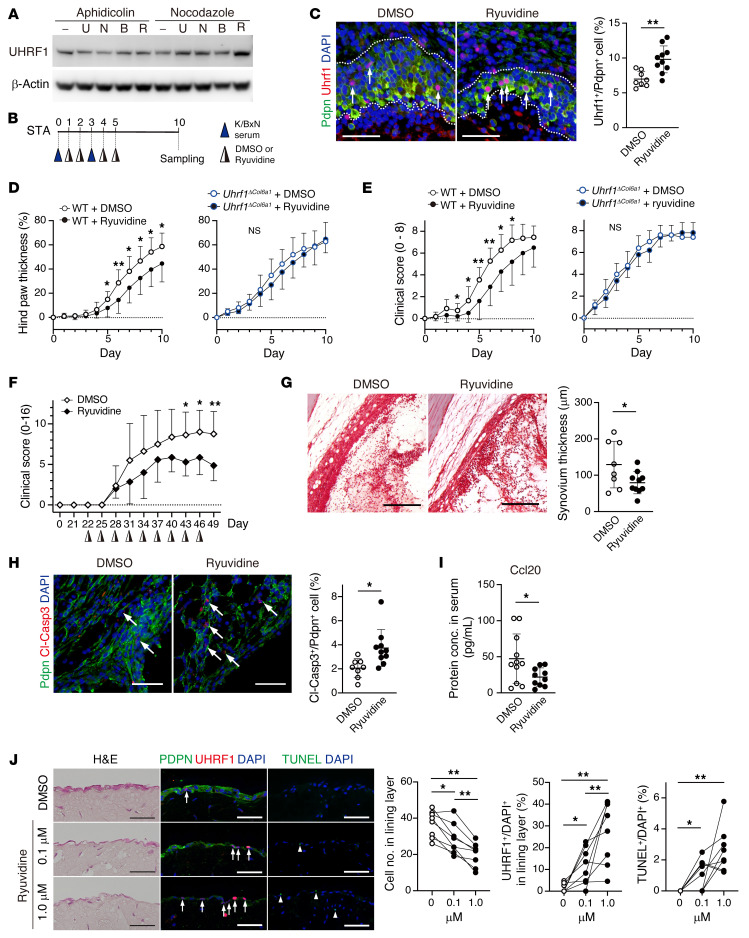Figure 8. Uhrf1 stabilization attenuates arthritis pathogenesis.
(A) Western blot analysis of UHRF1 expression in HEK293 cells. Cell cycle was synchronized with aphidicolin (G1/S phase) or nocodazole (G2/M phase) before cells were treated with UNC0379 (U), NSC663284 (N), BVT948 (B), or Ryuvidine (R). (B) Protocol to assess efficacy of Ryuvidine in STA. (C) Immunofluorescence staining for Uhrf1 (red), Pdpn (green), and DAPI (blue) in WT STA with or without Ryuvidine treatment. Scale bar: 50 μm. Quantification of Uhrf1+ Pdpn+ (arrow) per population of Pdpn+ cells. Development of (D) hind paw thickness and (E) clinical score in WT and Uhrf1ΔCol6a1 mice with or without Ryuvidine injection after STA induction. (F) Development of clinical score in DBA/1 mice with or without Ryuvidine injection after collagen-induced arthritis induction. (G) Representative safranin O, fast green, and eosin staining in WT STA. Scale bar: 200 μm. Quantification of synovium thickness in WT STA after Ryuvidine treatment. (H) Immunofluorescence staining for Cl-Casp3 (red), Pdpn (green), and DAPI (blue) in WT STA with or without Ryuvidine treatment. Scale bar: 50 μm. Quantification of Cl-Casp3+ Pdpn+ (arrow) per population of Pdpn+ cells. (I) Quantification of Ccl20 serum levels in WT STA after Ryuvidine treatment. (J) H&E staining and immunofluorescence staining for UHRF1 (red); PDPN, TUNEL (green); and DAPI (blue) in RASF organoids with or without Ryuvidine treatment. Scale bar: 50 μm. Quantification of cell number in lining layer, UHRF1+ among DAPI+ (arrow) cells in the lining layer and TUNEL+ cells per DAPI+ (arrowhead) cells in the field. WT + DMSO; n = 8–12, WT + Ryuvidine; n = 10–12, Uhrf1ΔCol6a1 + DMSO; n = 5, Uhrf1ΔCol6a1 + Ryuvidine; n = 5, DBA/1 + DMSO; n = 8, DBA/1 + Ryuvidine; n = 7, organoid culture; n = 8. Mean ± SD. *P < 0.05 and **P < 0.01 versus DMSO by unpaired t test in C–I, and ANOVA followed by Tukey’s test in J. Data in A were technically replicated. Data in B–J obtained from 5–12 independent experiments.

